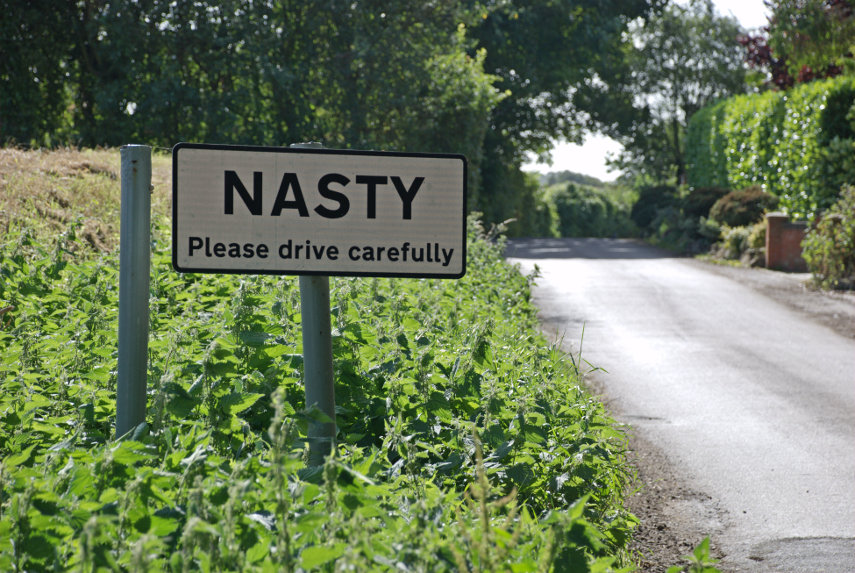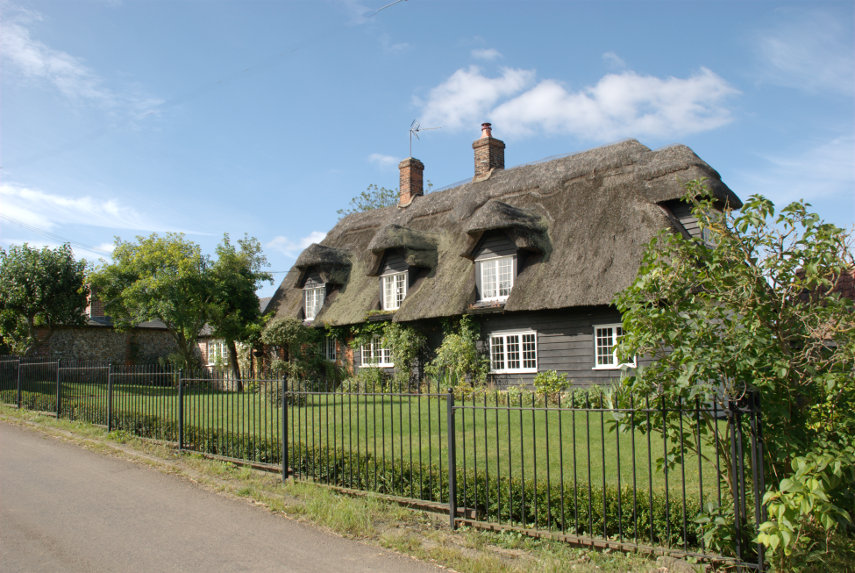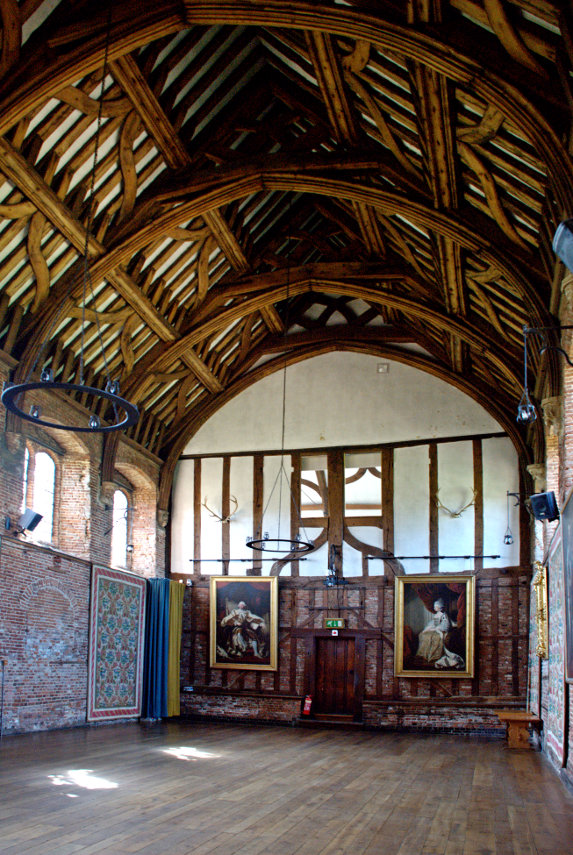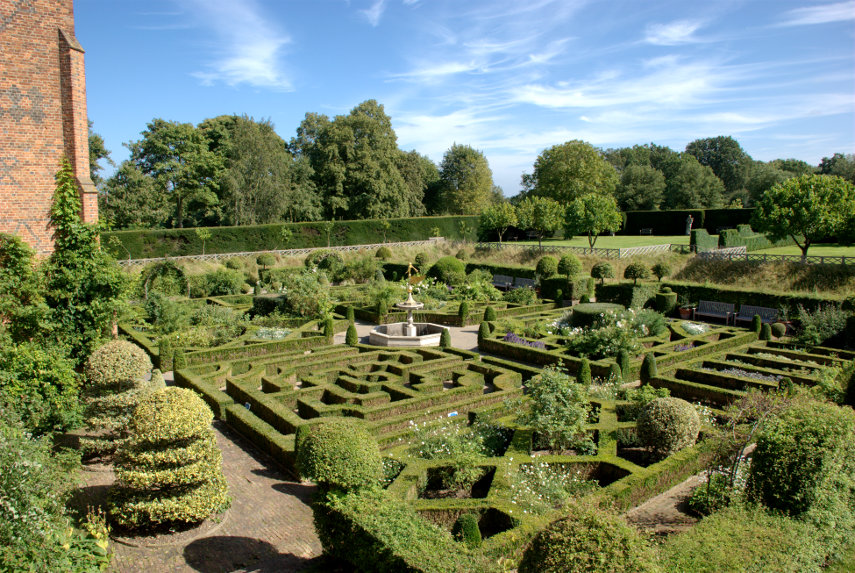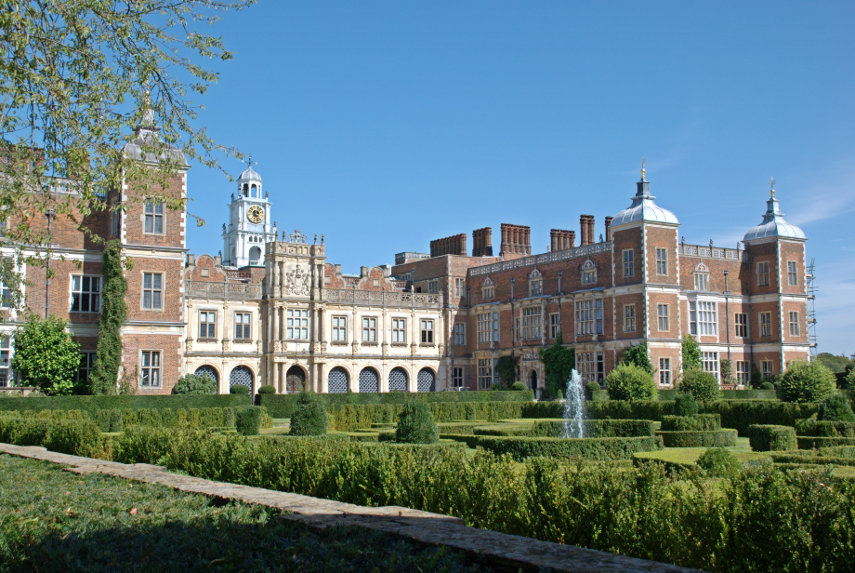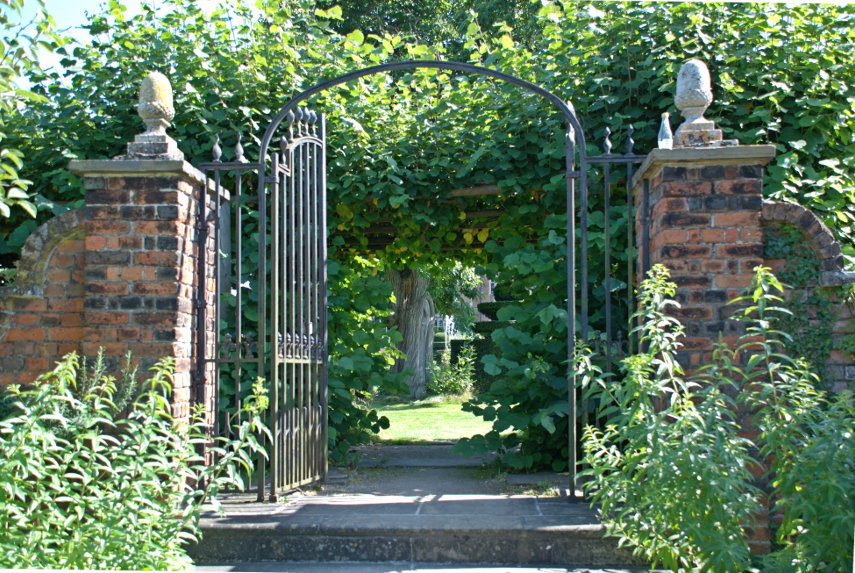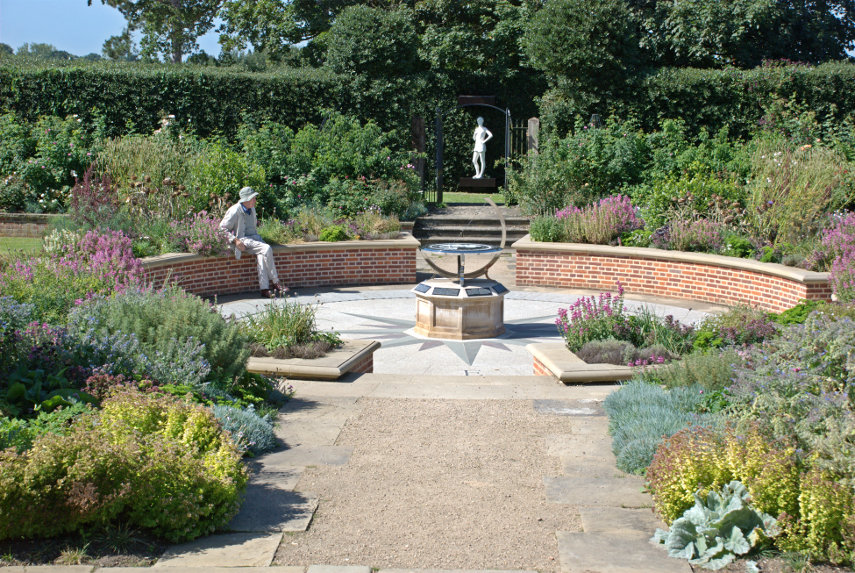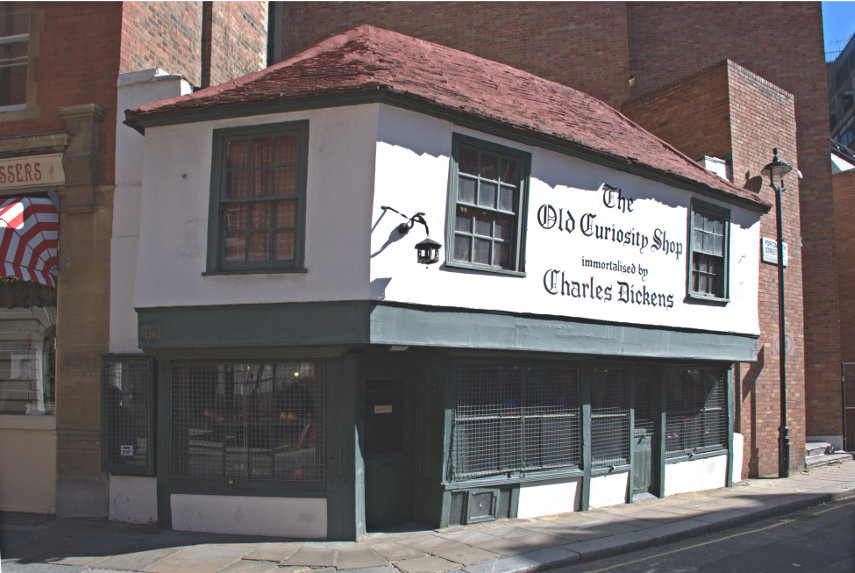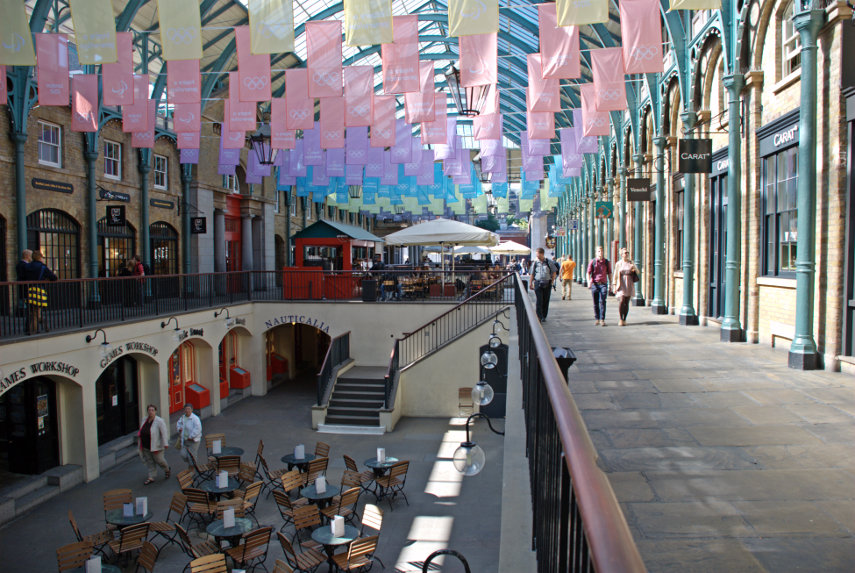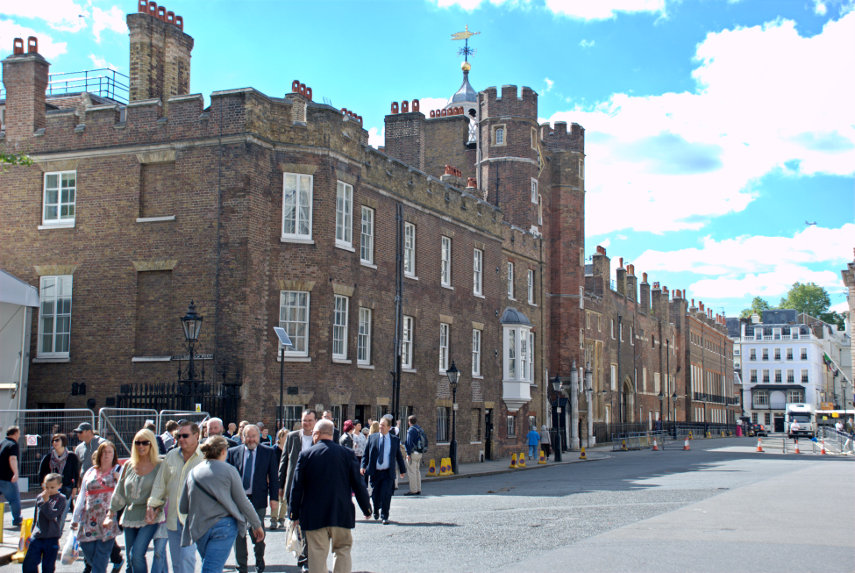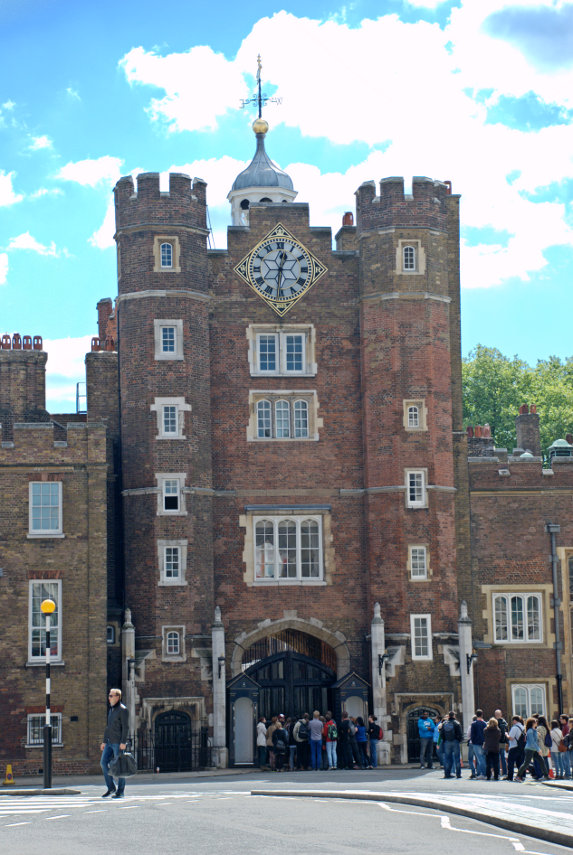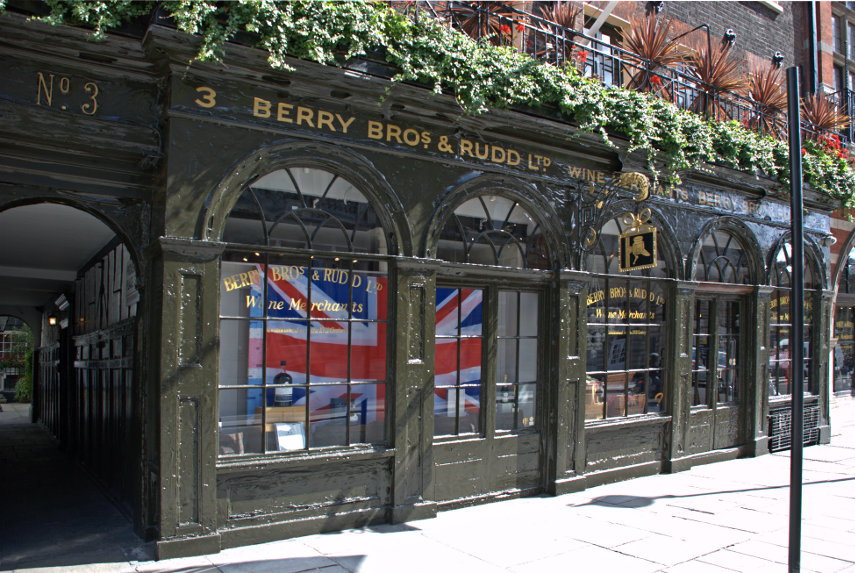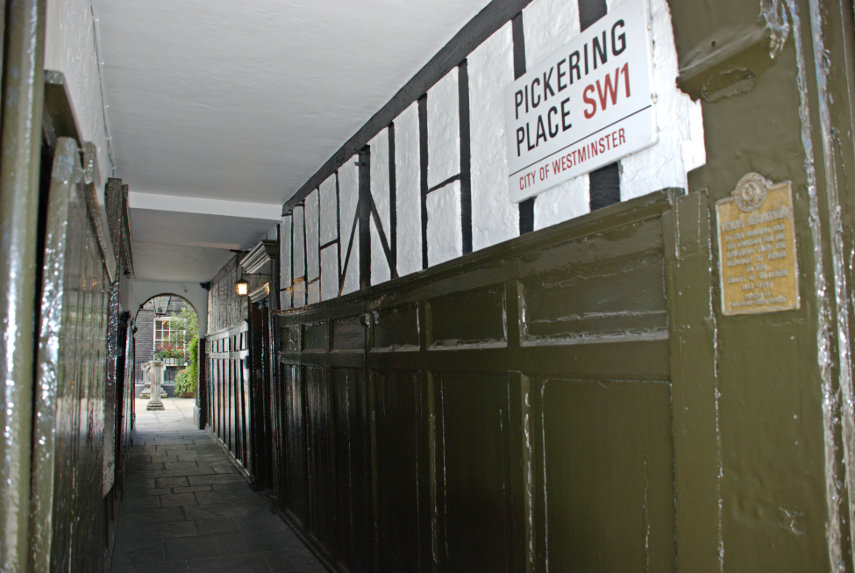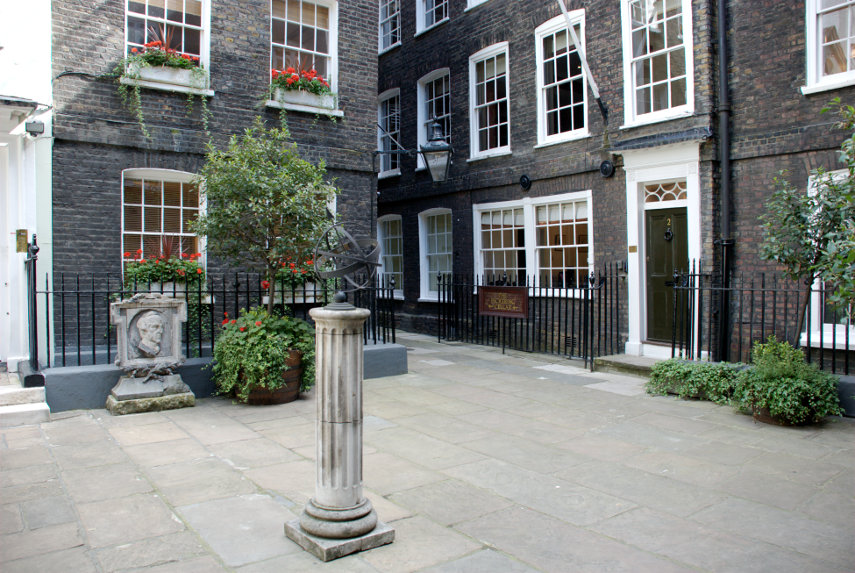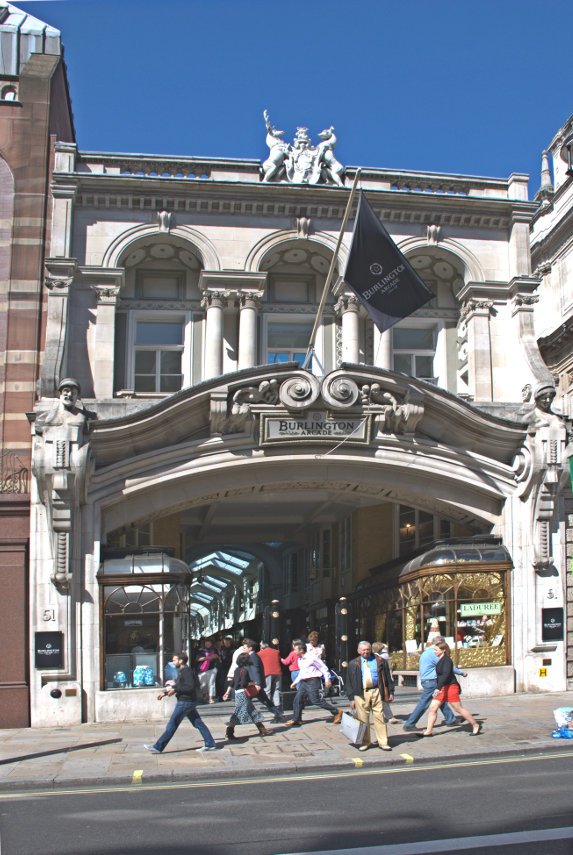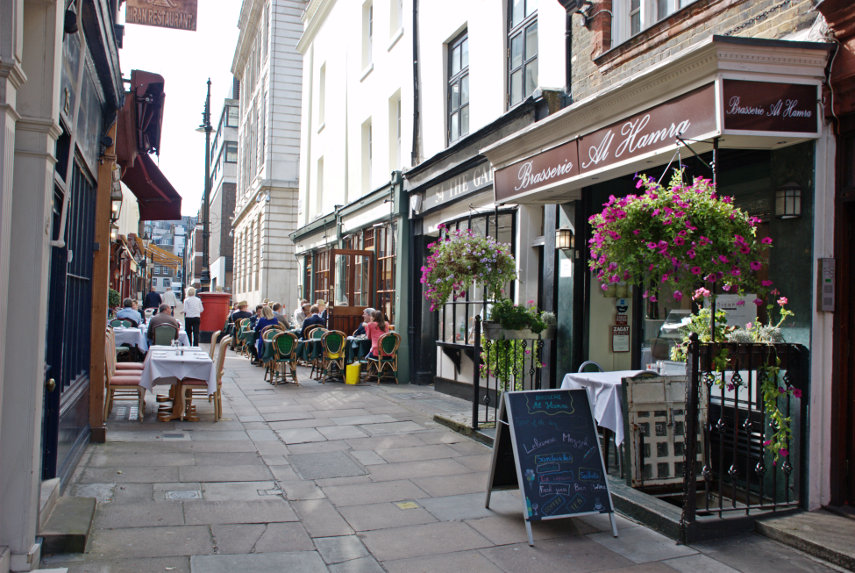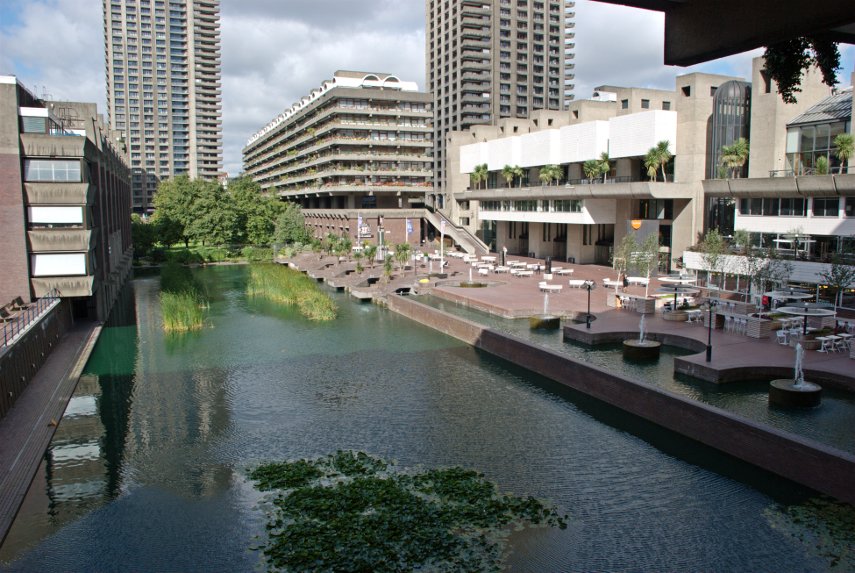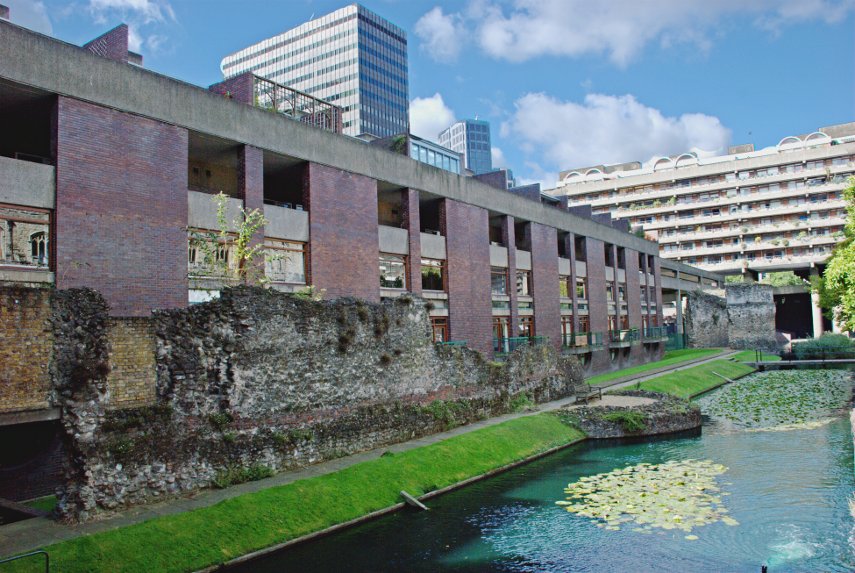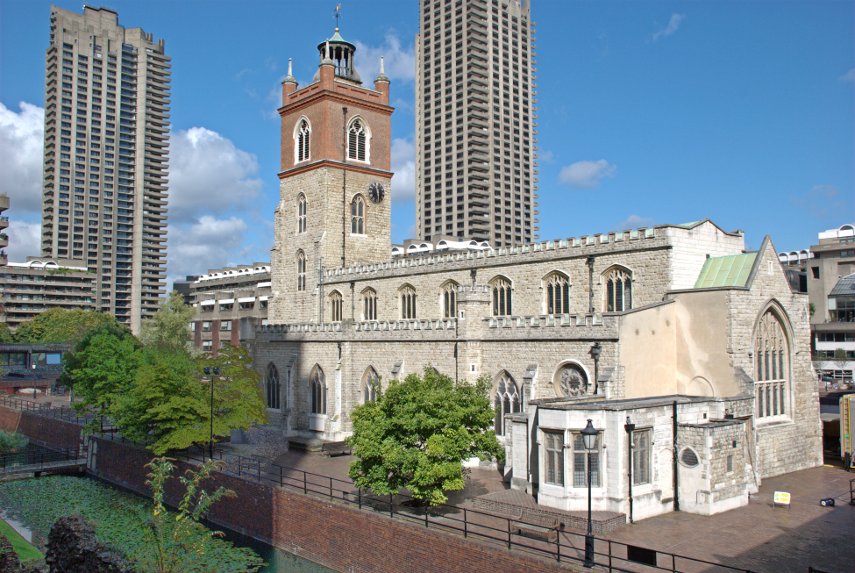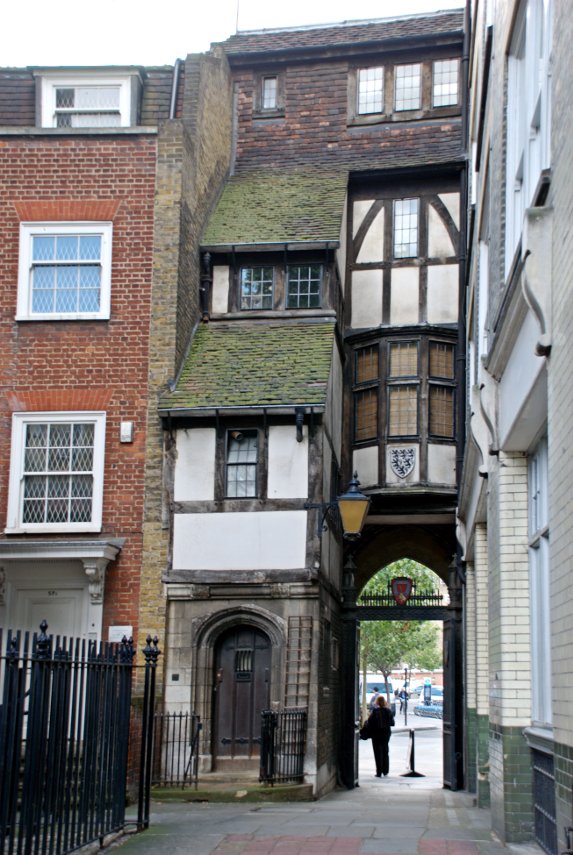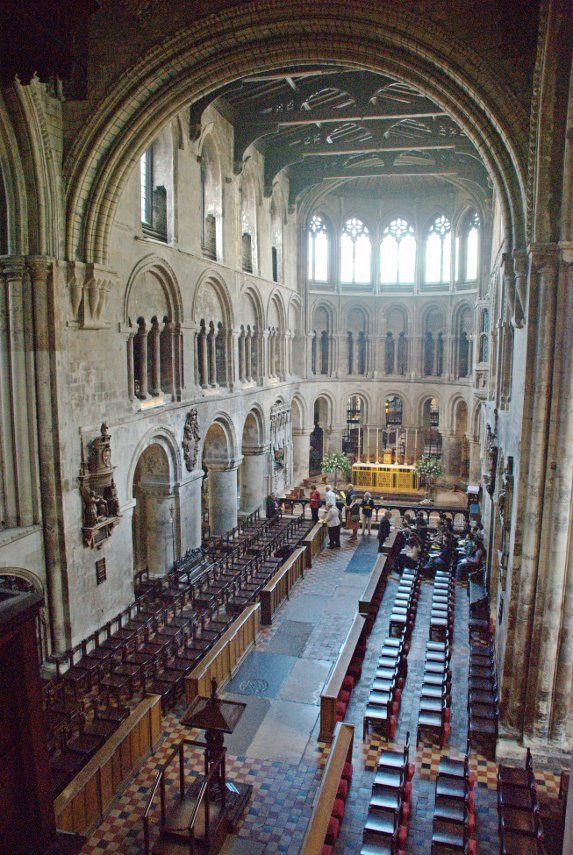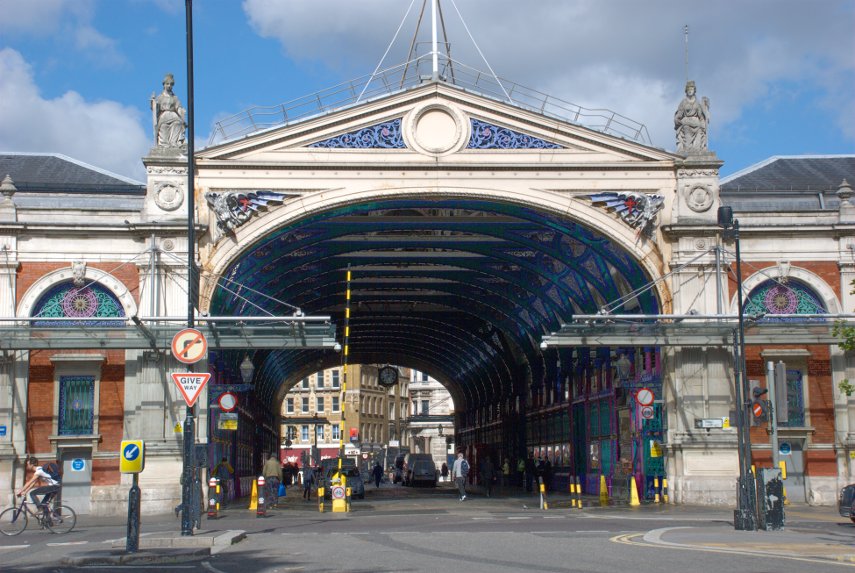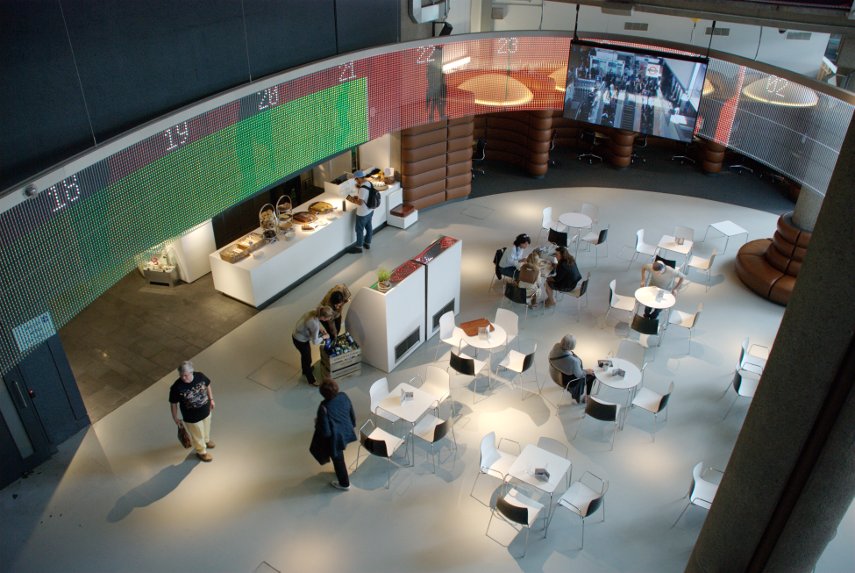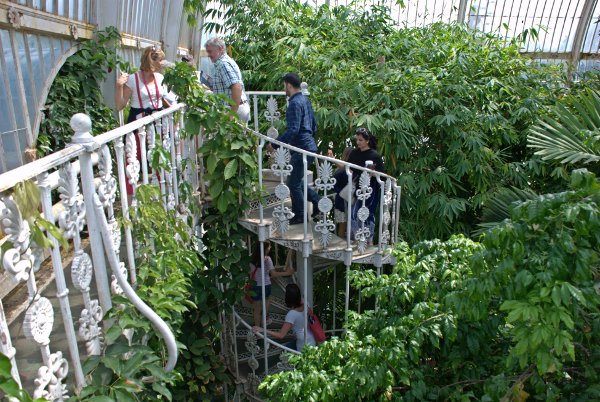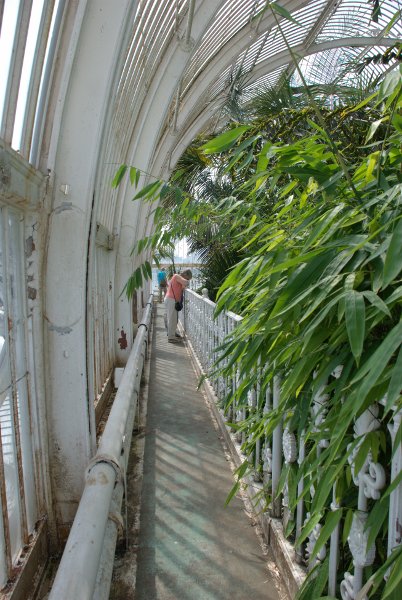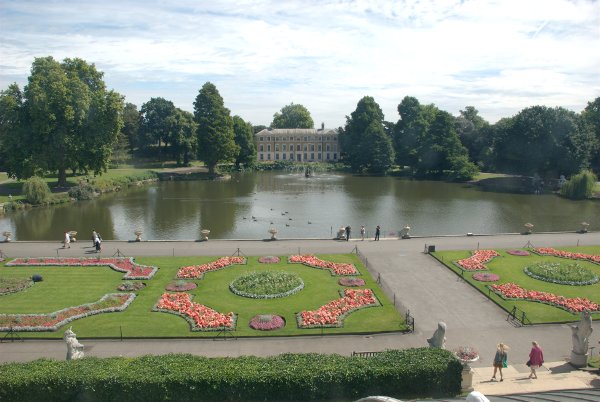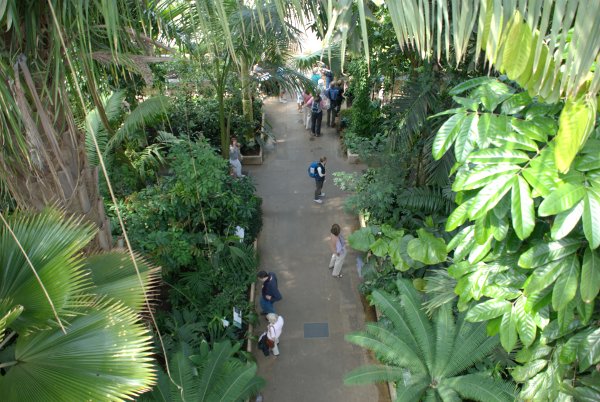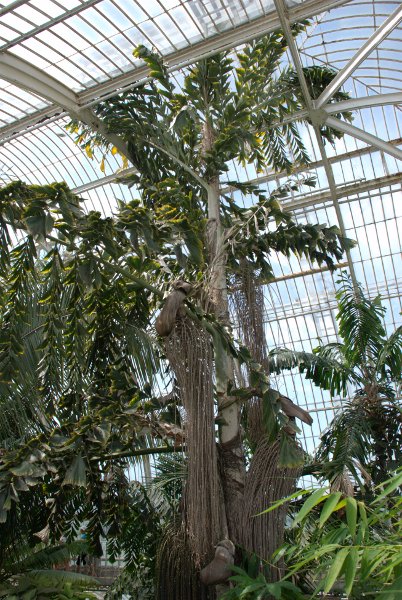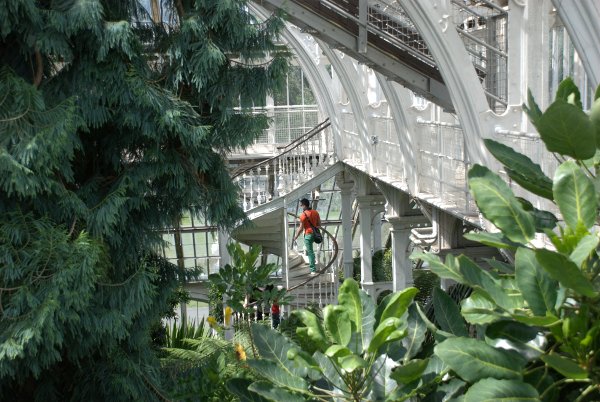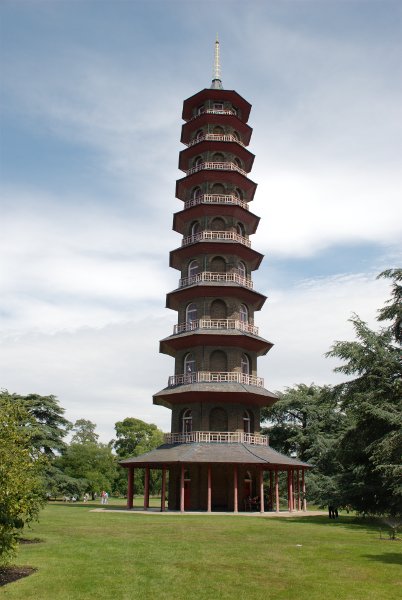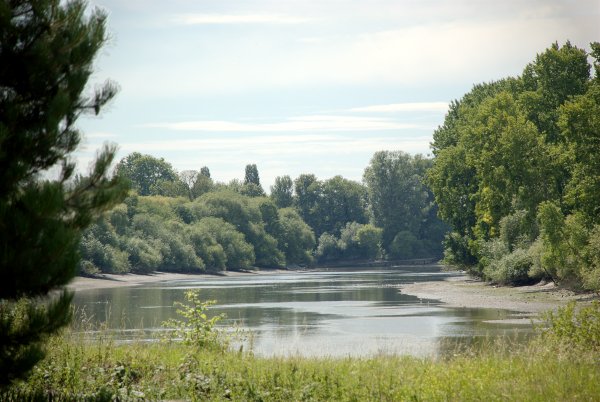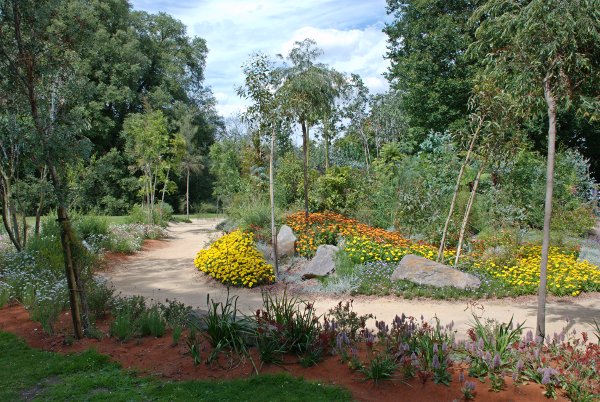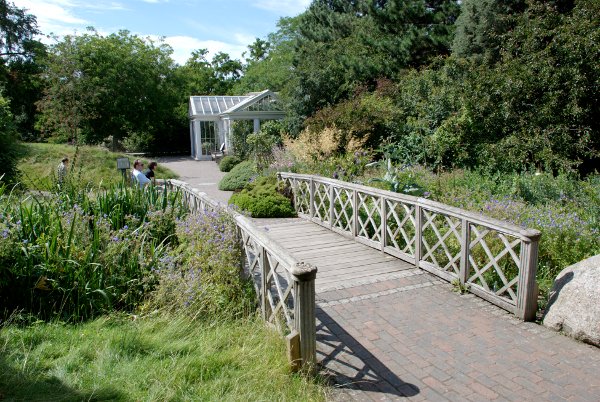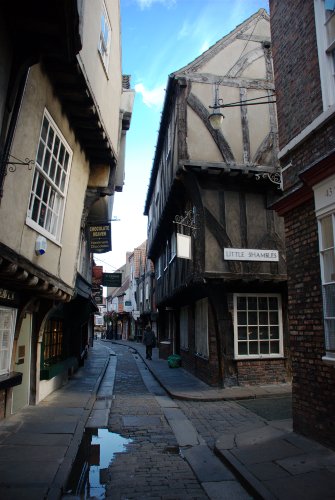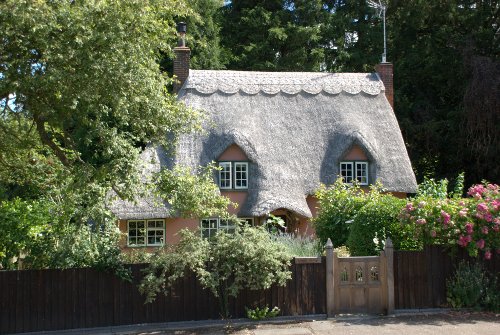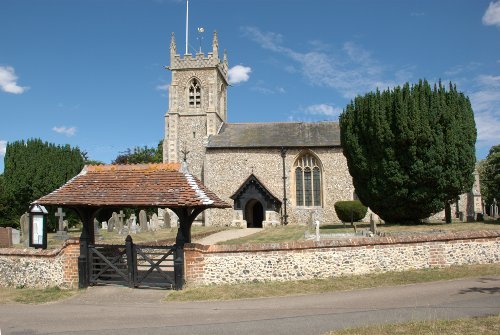This really was Nasty.
A strange thing happened this week – we had a weather forecast for 5 consecutive sunny days! Not sunny all day every day but to have 5 partly sunny days in a row this summer is a miracle. However, Wednesday was one of the days where the sun was forecast to shine all day, in certain places, so we decided to make use of it.
We set off on our journey to one of these certain places and our route took us very near a small hamlet that we just had to visit.
Nasty is a pretty little hamlet in Hertfordshire and our very short visit did convince us that Nasty is nice. We do have some very odd village names in England but I think that this one wins the prize. Our next destination is in the same county.
So onward to Hatfield, Hertfordshire, where Hatfield House was the primary purpose of our trip. There is a free car park and a number of those familiar brown road signs, which generally signify places of interest, pointing to Hatfield House so that, once you are in Hatfield, it should be easy to find.
Hatfield House is also within easy walking distance of the railway station so could be visited as a day trip from London with a train journey of as little as 20 minutes.
Hatfield House is one of the Treasure Houses of England, a loose association of 10 privately owned stately homes.
http://www.treasurehouses.co.uk
Entering the Hatfield House complex we first came across the Old Palace, dating from 1485. This, the Banqueting Hall, is all that remains of the original Royal Palace of Hatfield where Elizabeth I spent most of her childhood.
We found it to be rather strange because there was a large open door,which you can see in the base of the tower, but no signs of any sort to indicate that visitors are allowed access. There are some notices on the walls of the short passage inside but they are not visible from outside. At the end of the short passage is a barrier forming a small viewing area where one can look at the large and impressive hall.
On the far wall, at window height within the wooden beamed area, are two rectangular panels which we didn't notice at the time but discovered later. These are openings filled with clear plastic sheets which allow viewing from an upstairs room accessible only from the West Garden but that appears not to be signed or mentioned anywhere either.
This is in an area which also contains the restaurant, shops and toilets and which is freely accessible i.e. you don't need to buy a ticket to get in. It is almost as if they feel it should be open to the public but are trying to keep it a secret. Very odd!
Next we decided to visit the West Garden which also gives access to the Old Palace Garden (you need a ticket for this).
Notice that wooden stairway on the left? There is nothing to indicate that it provides access to an upstairs room or that visitors are allowed access at all but another visitor told us about it so we had a look and discovered the viewing panels mentioned earlier which enabled me to take this next picture.
You may be able to see, on the left, the barriers which provide a viewing area down below which we discovered first. Emerging back on to the stairs there is a nice overall view of the Old Palace Garden. Topiary anyone?
We were also beginning to discover that the plan in the visitor guide showed all the paths, even those to which visitors didn't have access and this made navigation a bit of a lottery. A number of times we planned a route using the visitor guide only to be thwarted part the way along and had to find an alternative. They also show a view of the South Front on the first page of their website but don't explain that visitors don't have access to that same view.
http://www.hatfield-house.co.uk
We did find a path down the west side of the house to a viewing platform, which is described as a 'Viewing Bay' in the Visitor Guide, from which I took this photograph but it's not as nice a view as the one on the web site.
We next found our way into another garden which appears not to have a name of its own but which we called, for our own convenience, the Fountain Garden. Did I mention that there is a lot of topiary in the gardens?
That's the west side of Hatfield House shown in the picture. We left the Fountain Garden via this gate and went into the Sundial Garden.
I thought that the gardens, although very formal, were rather nice but Amanda thought that they were particularly good and decided to stay there whilst I went to look round Old Hatfield. Most of Hatfield is recent and of little interest to the tourist but the original small centre still remains next to the Hatfield House Estate.
There isn't much of it and one could easily walk round it in an hour or less but it is worth a look. This old building was in Fore Street
and this view including the Eight Bells Inn was at the bottom of Fore Street looking along Park Street. It is believed that this building existed in 1630 but was first recorded as an inn in 1728.
There is also the parish church of St. Ethelreda dating from the 13th century with a 15th century tower.
That's it really. There isn't a lot as I've said but it is worth a short visit. I went back to Hatfield House to find Amanda and we went to the restaurant for some lunch. It is a nice restaurant with tables both inside and outside and the menu is not extensive but it is adequate. We both agreed that everything was over-priced but the cooked food we had was good. The food, in what I assume were heated trays, was displayed in a glass fronted cabinet but the problem was that it wasn't very hot to start with and by the time we got it to a table it must have cooled further. By the time I was near to finishing I left some of it because it had become cold.
There are also salads, sandwiches and cakes available which, of course, don't need to be kept hot.
After lunch we headed for the house and this is the main entrance in the North Front (you also need a ticket for this).
The rooms were spectacular and particularly so the Entrance Hall for its ceiling and the Chapel for its Jacobean stained glass windows. 'Wait', I hear you say, 'lets stop the waffle and get on with the photographs'. The bad news is that there aren't any interior photographs. The current rule is that cameras cannot be used within the house and that even includes photographing views outside through the windows. I get the impression that this is done in the hope of increasing the sales of their own pictures but I'm afraid it didn't work with us and I think it will antagonise a number of other people.
Amanda particularly likes wood carvings and was rather irritated that she couldn't record some of the work that she saw. It is unlikely that we will return whilst the 'No photography' rule is in force.
All I can say is that the house is worth a visit.
We set off for home with the intention of stopping briefly in Much Hadham, still in Hertfordshire, on the way. The village, previously known as Great Hadham, stretches for about a mile along the B1004 road and there are a number of attractive old buildings in the village.
There was also a plant nursery in the village which Amanda wanted to visit and there were a number of plants that she liked. She didn't buy anything this time but it's not very far from us so she could sneak over on her own at any time. ![]()
Another trip accomplished in spite of summer. Would anyone like a Nasty holiday?
